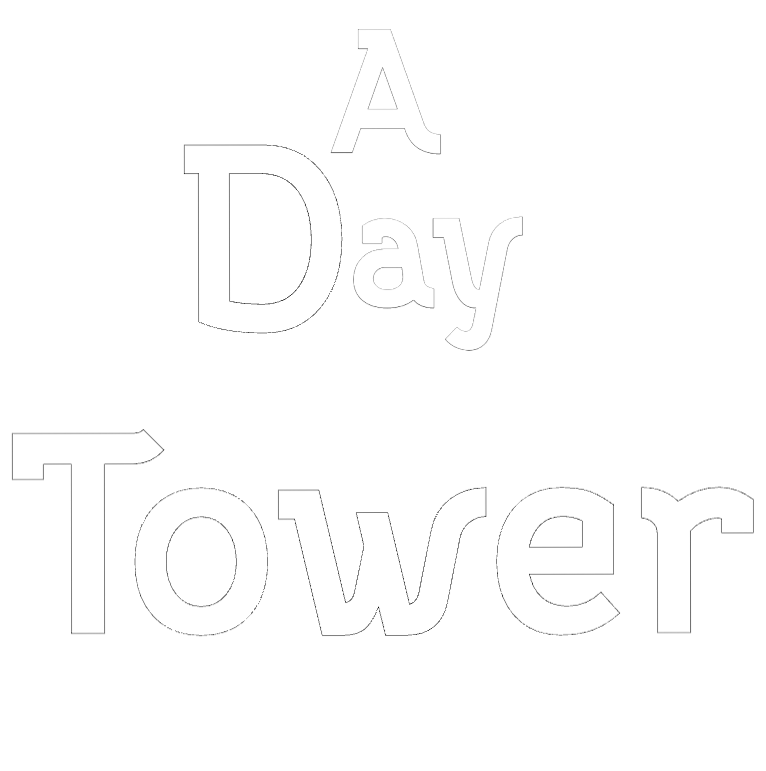Walk in the footsteps of kings, queens, and infamous prisoners at the Tower of London
In collaboration with Historic Royal Palaces
Explore 900 years of history
What is the Tower of London?
Where are you being taken?
Pick a function of the Tower to explore
Or Admire Rubens' Ceiling
Explore the Banqueting House, the last surviving building from Whitehall Palace
Guard the fortress
Help the Yeoman Warders protect the fortress
Next, patrol the fortress
You can explore the different areas of the fortress
Any enemies in sight?
The Tower of London helped protect London from any vessels sailing up the Thames
The Tower on canvas
A view of the Tower of London from the south, over the River Thames, showing distant figures on the Tower wharf, and a large British naval frigate with other boats on the river.
A London icon
By this time, the interior of the fortress and the eastern end of the wharf, had been progressively filled by industrial, storage, administrative and barracks buildings, and had become the home of various institutions including the Royal Mint, Royal Armouries, Board of Ordnance, Jewel House, Royal Observatory and Tower Record Office.
A lively area
The main riverside buildings of the Tower at this date can be identified (from west to east): the Byward Tower, Queen's Stairs, Queen's House, St Thomas's Tower and Traitors' Gate, and the Lanthorn, Cradle, Well and Develin Towers.
Don't forget to look after the ravens
Legend has it that if the ravens leave the Tower the kingdom will fall.
Visit the palace
Discover a Medieval masterpiece hidden in the Byward Tower
John the Baptist
The first figure on the left is Saint John the Baptist, who is pointing at the tiny Lamb. St John was a patron saint of Richard II and had a special significance for the King
The Virgin Mary
In the centre is the Virgin Mary which would have flanked a lost depiction of the Christ on the Cross.
John the Evangelist
Here is Saint John the Evangelist, also a part of this 'Crucifixion' scene.
The Byward Angel
St Michael the Archangel holds a giant set of gold scales to weigh the souls of the dead. Christians believe this will take place at the Last Judgement to determine who will go to heaven or hell.
The Tudor Rose
A wall painting with a Tudor rose, half of which still survives, is painted on the chimney breast.
Meet your fellow guests
Taken to prison
You have been arrested and are interrogated in the Council Chamber
You're under arrest
Explore the Gunpowder Plot monument that remembers Guy Fawkes, found guilty of treason
The Gunpowder Plot
This monument in the Council Chamber of the King’s House at the Tower of London is a unique reminder of one of the most notorious events in British history; the Gunpowder Plot of 1605.
A unique work
Made of pink and black marbles and alabaster, this monument appears, at first glance, to be a fireplace overmantel or a funerary monument. It is, of course, neither but the unnamed stonemason who made it had no other precedent to follow for designing such a unique monument.
Praising the King
In the oval panels Latin texts praise the King and his family, extoll the virtues of the Privy Councillors who foiled the Plot, and condemn the wickedness of the plotters, whose names are listed.
Protestant opposition
A passage in Hebrew in the lower left oval quotes the Old Testament; 'He discovereth deep things out of darkness, and bringeth out to light the shadow of death' (Job xii.22). The choice to use Hebrew, the original language of the Old Testament, for this particularly apt text is a reflection of Protestant opposition to the Latin translations used in the Roman Catholic church.
A thwarted plot
View All